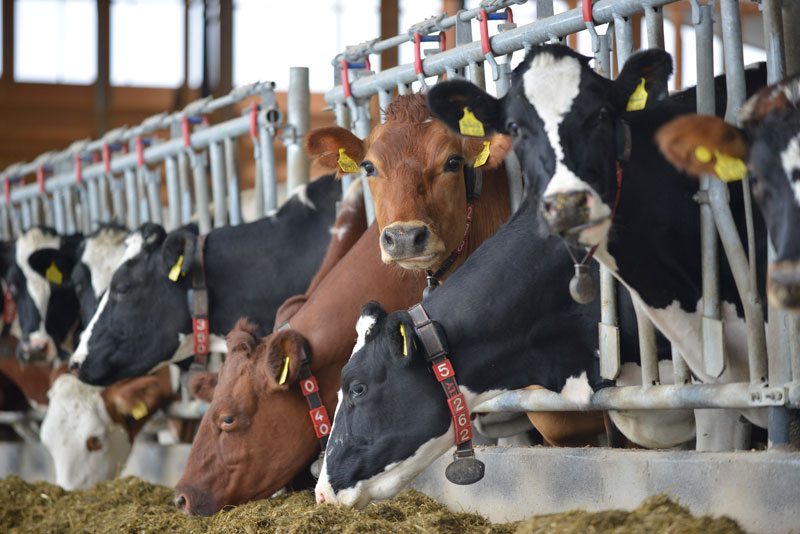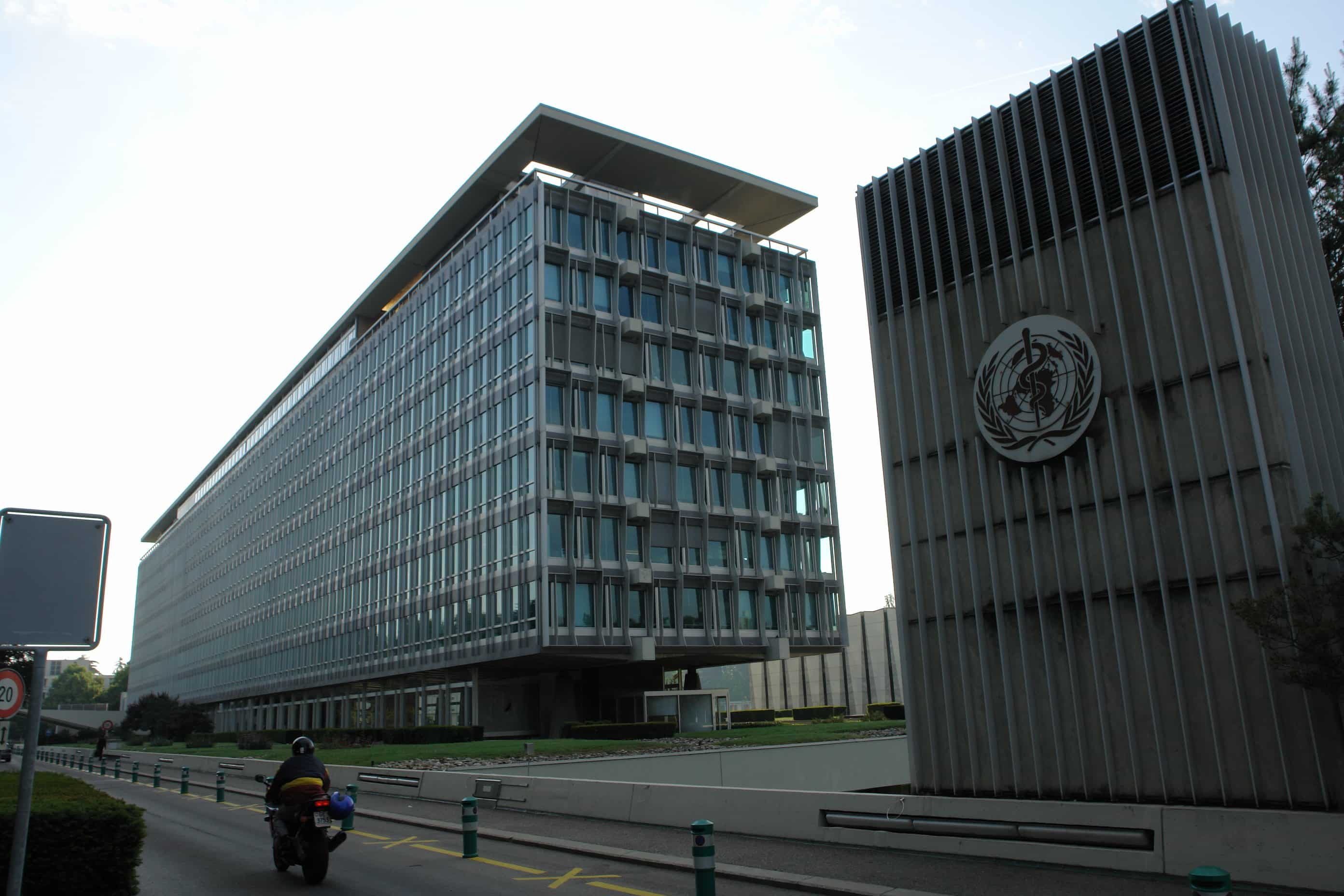WHO Urges Caution Over the Use Of Antibiotics In Healthy Animals
Most medical doctors would agree that antibiotic drugs—which stave off bacterial infections from staph to salmonella to bacterial pneumonia—are among the most important tools in modern medicine. But public health advocates, environmentalists, and even many doctors worry that our society’s overuse and misuse of antibiotics are making bacteria more resistant and thus limiting the effectiveness of these lifesaving drugs.
While misuse of antibiotics for human health problems is definitely a concern—those with a valid need for antibiotics who don’t finish off their prescriptions, for example, could effectively help bacteria develop resistance and make it stronger when it infects its next host—a larger issue is the misuse of antibiotics to treat the common cold and flu and other viral infections which do not involve bacteria.
The more antibiotics we use willy-nilly, the faster bacteria will develop resistance, rendering many of the drugs modern medicine has come to rely on obsolete.
Also, antibiotics often are used on industrial farms not only to treat sick animals but also to offset the health effects of crowding and poor sanitation, as well as to spur animal growth which presents a serious and growing threat to human health because it creates new strains of dangerous antibiotic-resistant bacteria.

“A lack of effective antibiotics is as serious a security threat as a sudden and deadly disease outbreak,” said Tedros Adhanom Ghebreyesus, Director-General of the World Health Organization in a news release on the new guideline aimed at helping preserve the effectiveness of antibiotics for humans by reducing their unnecessary use in animals.
“Strong, sustained action across all sectors is vital if we are to turn back the tide of antimicrobial resistance and keep the world safe,” he added.
According to the WHO’s statement, in some countries around 80 percent of total consumption of medically important antibiotics is in the animal sector. They are largely used in healthy animals to stop them from getting sick and to speed up their growth.
The WHO “strongly recommends an overall reduction in the use of all classes of medically important antibiotics in food-producing animals, including complete restriction of these antibiotics for growth promotion and disease prevention without a diagnosis,” the United Nations agency said in a statement.
The use of the strongest antibiotics, the last resort for the most deadly infections affecting humans, should be banned altogether in animals, the guidelines advise. This should apply, according to the WHO, even in cases where an illness has been diagnosed in a food-producing animal. Implementing this could require animals to be quarantined, allowed to die, or for herds to be culled in order to halt the spread of a serious disease rather than attempting to cure it.
Tedros Adhanom Ghebreyesus, director general of the WHO, said: “A lack of effective antibiotics is as serious a security threat as a sudden and deadly disease outbreak. Strong, sustained action across all sectors is vital if we are to turn back the tide of antimicrobial resistance and keep the world safe.”
Kazuaki Miyagishima, director of food safety at the WHO, said the links between antibiotic use on farms and risks to human health were clear: “Scientific evidence demonstrates that overuse of antibiotics in animals can contribute to the emergence of antibiotic resistance. The volume of antibiotics used in animals is continuing to increase worldwide, driven by a growing demand for foods of animal origin, often produced through intensive animal husbandry.”























